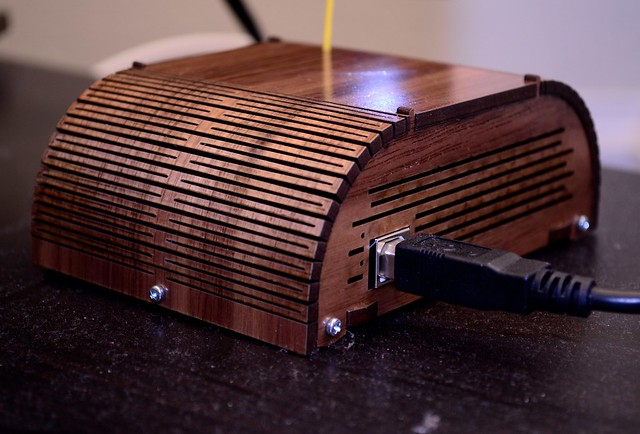This was my second attempt at turning a mushroom on the lathe. This time I used walnut, which was much nicer to work with than the softwood I was practicing with
last time.

I used the same sequence of steps as for
mushroom one, except this time I remembered to leave some room between the tenon (which fits in the bowl chuck) and the base. That allowed me to shape the base while still on the lathe and then part it off. On my previous attempt, I didn't leve enough space so I ended up sanding off the tenon on the belt sander instead -- not nearly as fun.
Also. I had a go with the skew chisel in a couple of places. When it's cutting correctly, it makes a really smooth surface. Looks like it'll be worth the effort to learn to use it.
Overall, pretty pleased with this one, I only got a few small tear outs on the outside of the cap.















